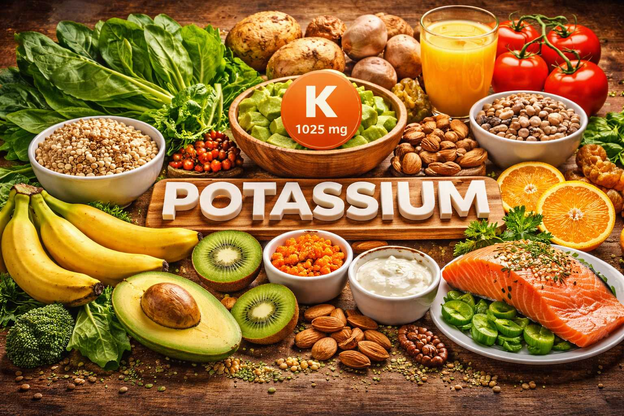Enjoying Minnesota’s great outdoors doesn’t mean you must give up basic creature comforts when tent camping. You can make the experience more pleasant by glamming up the tent and campsite to feel like home. This is referred to as glamping, a word that is a combination of glamour and camping. When preparing your list of what to pack, you need to focus on some essential gear to elevate the camping experience.
1. Spacious and Weathertight Tent
Once you have chosen your camping destination in MN, shelter is the number one priority when it comes to any kind of camping. Ideally, the tent should be tall enough for you to be able to get dressed and wide enough so there is room to keep your bags and shoes inside. Choose a tent that has an integrated floor, tightly zippered doors and windows with mosquito screens, and a rain fly.
If this seems like an expensive purchase or you aren’t yet sure if glamping is really for you, consider renting a tent from a camping supply company. Remember to pack a sheet of plastic to place beneath the tent. This could be as simple as a disposable drop cloth.
2. Warm Sleeping Bag and Comfortable Pad
Minnesota is often cool at night, even in summer. It is important to be warm during your glamping experience. Sleeping bags come in three basic shapes. They are available with either a feather down or synthetic filling, depending on anticipated temperatures. Bags also come in different thicknesses and weights.
Next, you want to invest in a sleeping pad that will provide both insulation and a comfy barrier from the cold and uneven ground beneath the tent. This can make all the difference in getting a good night’s sleep. A thin pad that rolls up to fit inside a bag may be all that you need. For more glam, bring along a small inflatable air mattress or even a folding cot. And don’t forget a battery-operated or manual pump.
3. Tent Flooring
Tent flooring may seem like an extravagance, but not when you are stepping up your camping excursion to a glamping experience. You will thank yourself if it rains and you end up spending more time inside the tent.
The ground or a wooden platform can be hard on your feet. There are some easy solutions to giving your tent comfort underfoot. Some people simply bring along an area rug to soften and decorate the tent floor. Another very practical tent floor solution is modular, interlocking playroom or gym flooring. These are lightweight foam squares that fit together like an easy jigsaw puzzle. This type of flooring protects the tent base from damage from a cot and folding chair feet.
4. Portable Camp Stove
While an open fire sets the ambiance for many a tent campsite, it isn’t the easiest thing to cook meals on. Cooking at a campsite is part of the experience and can have great results by packing the right equipment and food options.
You can enjoy a good homecooked-style meal with a cooler filled with fresh food and a decent portable camp stove. A stove is essential for morning coffee. A camp stove can be as simple as a single burner that attaches to a fuel canister for one pot. But for glamping, consider a folding tabletop two-burner stove that has windscreens.



















